Wearable Technology Moves From The Wrist To Smarter High Fashion

During the 2016 Met Gala IBM Watson in collaboration with fashion house Marchesa introduced that changed colors in real time as the fans tweeted about the event.
Wearable technology is no longer only about the technology you put around your wrist. Gradually, it is more about the smart fashion that sends you notifications, helps you to get around the city or reflects your social media posts. Gartner estimated that 26 Million smart garments will be sold in 2016. [1] Fashion houses realize that they need to adapt to the digitalization era and they proved it during the 2016 Met Gala, the biggest party of the fashion industry. This year Met Gala was sponsored by Apple and the dress code for the celebrities was “Manus x Machina: Fashion in an Age of Technology”.[2] The biggest sensation on the red carpet was the IBM Watson “cognitive dress” that continually changed color based on the tweets on the social media.
Wearable technology has been generally focused on the sports and fitness, but there are many emerging opportunities for smart clothing in the consumer fashion market. [3] The sport enthusiasts and professional athletes were the primary target for wearable devices such as smart watches, smart shirts, smart bras, smart shoes. These devices were designed to track and measure different biological and physiological metrics.[4] Soon, many more customers joined the market as they wanted to understand how their body works, use the data to improve performance or simply stay motivated and live a healthier life style. According to IDC, worldwide wearable market grew by 26.1% in Q2’16, reaching 22.5 Million shipments of devices in a single quarter.[5] Despite the popularity and growth in sales the major vendors did not do much to make the smart wearables stylish.
In 2016 things start looking more chic than geek, as fashion designers partner with tech companies to bring stylish smart garments to the market. “Screens, no screens, leather, semi-precious stones, 18k gold, nothing is too much for this new batch of stylish wearable technology.”[6] One of the smart garments is the Navigates Jacket that navigates you around the town by tapping you on your shoulders, telling you when to turn left and right. [7] Another blend of fashion and tech are the Ringly bracelets and rings that change color according to your outfit, connect to your phone via Blutetooth and let you receive customized color coded notifications. Ringly is also partnering with Mastercard for contactless payment.[8]
Perhaps, the most advertised technology garment of 2016 was the “cognitive dress” designed by the fashion house Marchesa together with IBM. Marchesa, known for its whimsical, romantic designs teamed up with IBM’s computing cognitive system Watson to design a dress that changes color with emotions.[9] This revolutionary dress was presented on the red carpet during the 2016 Met Gala in New York. The collaboration was an exciting experience for both companies, they worked closely together during the whole creative process.
Watson first had to learn about Marchesa’s past designs in order to create a technology compatible with the fashion brand’s overall aesthetics. Marchesa selected five human emotions: joy, passion, excitement, encouragement and curiosity, that they wanted the dress to reflect. Watson then created a color scheme using the cognitive color design tool that understands the psychological effects of colors, the relationship between emotions and image aesthetics.[10] Before the gala, Watson analyzed Marchesa’s social media and associated followers’ sentiment with the color pallet for the LED lights. During the event, Watson monitored Twitter for Met Gala related tweets and translated the emotions into data. The dress would constantly light up and change colors as followers tweeted about the event. “Rose signified joy, coral meant passion, aqua was excitement, lavender denoted curiosity, and butter indicated encouragement.”[11]
https://www.youtube.com/watch?v=PHMG05soMLA
As the successful collaboration between IBM Watson and Marchesa shows there are many opportunities for the fusion of fashion and technology. The options in the smart fashion industry are enormous. Technology companies realize the potential of enhancing customers experience via clothing and they are taking different directions to prove that. Google for example, focuses on practicality and better experience for urban cyclists. Google and Levi’s partnered in project Jacquard to launch smart jean jacket that looks like a straightforward piece of clothing except a small tag on its sleeve. This chargeable tag lets you control music, calls and navigation from your jacket.[12] On the other hand, Microsoft is going for high fashion with its Printing Dress, that projects the words you tweet. Whether chic or functional, the possibilities are endless. Smart garments have the potential to break out of their fitness look and go mainstream.
https://www.youtube.com/watch?v=yJ-lcdMfziw
(749 words)
[1] Chester, Rod. “Wearable Technology Moves From The Wrist To Smarter High Fashion.” News.com.au, http://www.news.com.au/technology/wearable-technology-moves-from-the-wrist-to-smart-high-fashion/news-story/. Accessed 15 November 2016.
[2] Chester, Rod. “Wearable Technology Moves From The Wrist To Smarter High Fashion.” News.com.au, http://www.news.com.au/technology/wearable-technology-moves-from-the-wrist-to-smart-high-fashion/news-story/. Accessed 15 November 2016
[3] Kaul, Aditya. “Smart Clothing and Consumer Fashion.” Tractica, https://www.tractica.com/wearable-devices/smart-clothing-and-consumer-fashion/. Accessed 15 November 2016.
[4] Kaul, Aditya. “Smart Clothing and Consumer Fashion.” Tractica, https://www.tractica.com/wearable-devices/smart-clothing-and-consumer-fashion/. Accessed 15 November 2016.
[5] IDC Press Release. 6 September 2016. “Quarterly Results for Wearable Markets” http://www.idc.com/getdoc.jsp?containerId=prUS41718216. Accessed 15 November 2016.
[6]Charara, Sophie. “Fashion Tech: 20 Wearables That Are More Chic Than Geek.” Wareable, https://www.wareable.com/fashion/wearable-tech-fashion-style. Accessed 15 November 2016.
[7] Wearable Experiments. http://wearableexperiments.com/navigate/. Accessed 15 November 2016.
[8] Ringly website. https://ringly.com/. Accessed 15 November 2016.
[9] Mastroianni, Brian. “Marcges, IBM Watson Design “Cognitive Dress” for Met Gala.” CBS News, http://www.cbsnews.com/news/marchesa-ibm-watson-to-debut-cognitive-dress-at-mondays-met-gala/. Accessed 15 November 2016.
[10] IBM Website. 2016. “Weaving Cognitive into Couture: Watson and Marchesa Collaborate for the Met Gala” https://www.ibm.com/blogs/think/2016/04/29/watson-and-marchesa/. Accessed 15 November 2016.
[11] Bain, Marc. “IBM Watson co-designed the most high-tech dress at the Met Gala.” Quartz, http://qz.com/674342/ibm-watson-co-designed-the-most-high-tech-dress-at-the-met-gala/. Accessed 15 November 2016.
[12]Arthur, Rachel. “Project Jacquard: Google And Levi’s Launch The First ‘Smart’ Jean Jacket For Urban Cyclists.” Forbes, http://www.forbes.com/sites/rachelarthur/2016/05/20/exclusive-levis-and-googles-project-jacquard-launch-wearable-tech-jacket-for-urban-cyclists/. Accessed 16 November 2016.


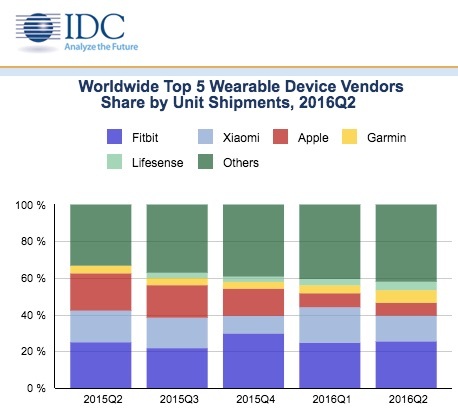

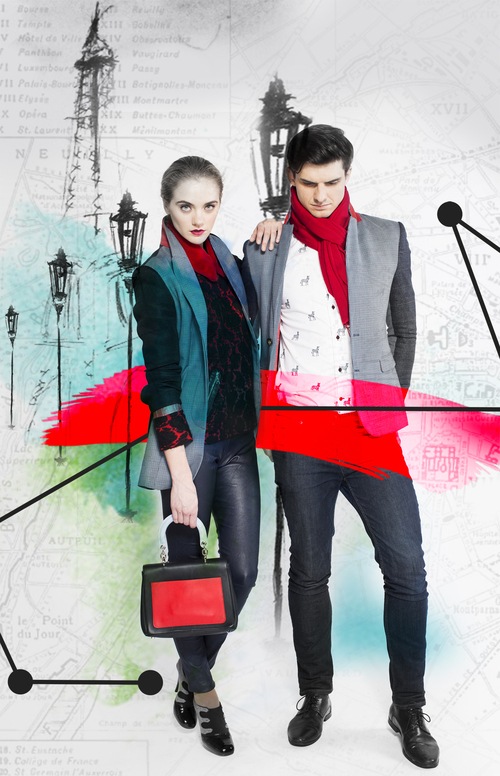
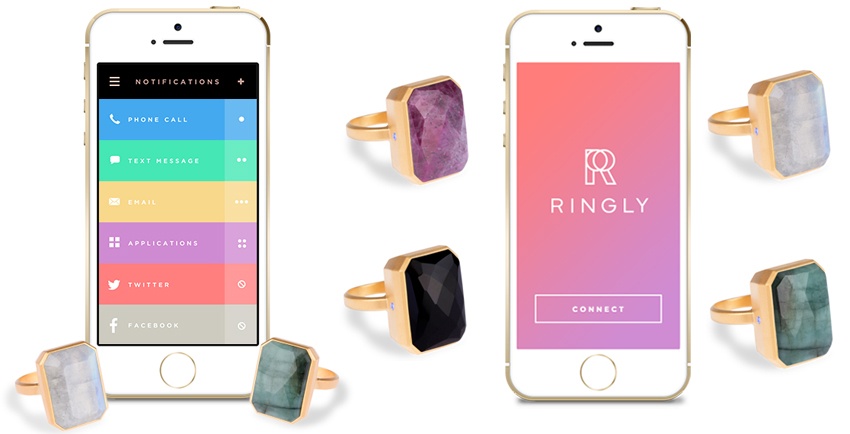
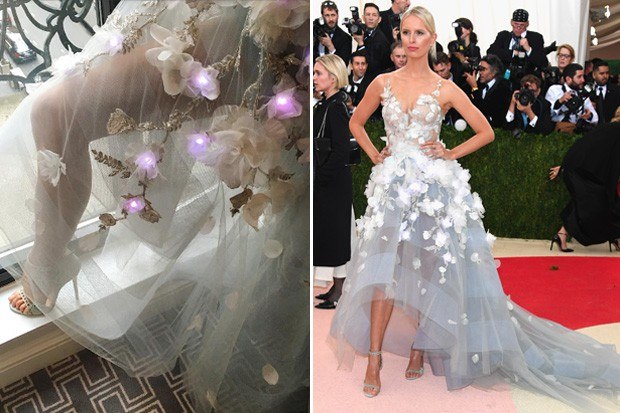
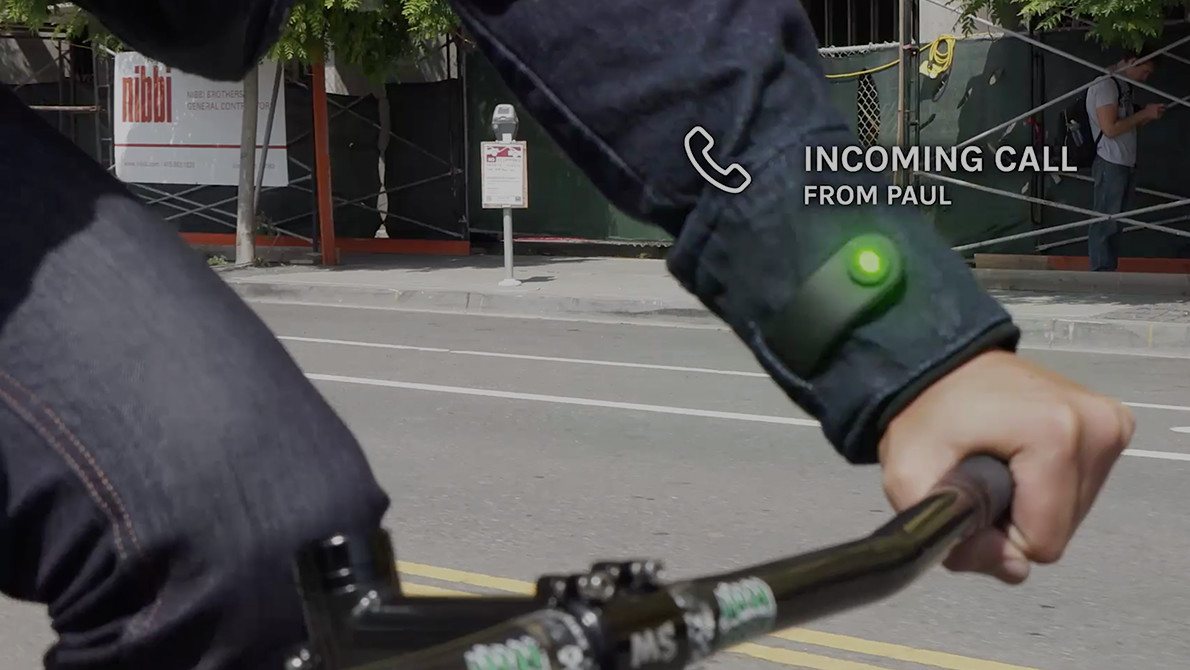

Thanks for the piece Viktoria! The idea of smart fashion is a really interesting one. I want to challenge one thing though; until now, a lot of what is coming out under the umbrella term “smart fashion” has really been accessories. Apple watch, fitbit, Ringly, etc. are all products that aren’t themselves typical fashion. I’d even argue that Jacquard added to the jean jacket is just that, an add-on. Can technology or digitization really take over the core of fashion? Can it be the clothes, the style, the trends themselves? Now, I’m sure some would say the Marchesa x Watson dress is exactly that, but I’m not sure. I remember reading about it and watching clips and thought it was somewhat cool, but it was so gimicky. I would most certainly never wear any article of clothing that changes colours with sewn in bulbs. Is there really a place for this kind of fashion-meets-technology apparel in the near future? Would it be something that the high-end brands experiment with or do you think it would appeal to a more mid- to low-range consumer?
Really enjoyed reading this piece Viktoria! While it’s pretty incredible what they can do with wearable technology, like Orianne, I wonder whether there is truly a place for this off of the runways or long term. The first wave of wearable technology (fitbits, etc.) filled a true void and provided valuable information that encouraged people to have a healthier lifestyle. As a result, these trends have stuck and continue to grow. When it comes to the more high fashion side of things, I struggle to see what the value to the customer is. For example, with Ringly and the Jaqurd jacket – we already have access to our phones and smart watches – why would we also need access on our jacket and fingers, especially if the quality of the information is so eroded (changing color to tell me I have a text message is not that helpful)? And as Orianne mentioned, the color changing dress is impressive and entertaining during a fashion show, but not practical in a day to day context. While certainly this technology is fun and cool to talk about, I see it as being a cheapened version of technology we already have, so I struggle to see where the long term sustainability is in these business models. I guess with fashion you never know though!
Viktoria, I love this idea! Wearable technology is such a new industry with endless possiblities. Your examples are amazing, and I cannot wait to see the innovations that will come from the merger of clothing and technology. I recently saw some articles about electricty-based color changing fabrics, which is along the lines of the Ringly idea. [1] I wonder if the advancements in color changing clothes and wearable technology will assist us in reducing cotton and consumable needs, or if wearable technology will increase our consumption.
[1] Science Alert. “Smart Threads” http://www.sciencealert.com/new-smart-threads-can-change-the-colour-of-your-clothes-instantly
I liked this article. I agree with what LST said about making sure this wearable technology is filling a void and not just a gimmick. However, I do think that things like the Mastercard partnership do create value for a customer. Apple pay was the first step into the mobile payment world and was highly successful. People like the simplicity of pay and go. Adding a fashionable elements and making it even easier by not having to search through your bag to find you phone only added more benefits to clients.
Wearable technology is such an exciting concept, thanks for sharing Viktoria! I really enjoyed your examples of how fashion and technology can help us live better and smarter. While the price points for wearable technology are starkly high – do you think 3D printing clothes could lower the price point for the common consumer?